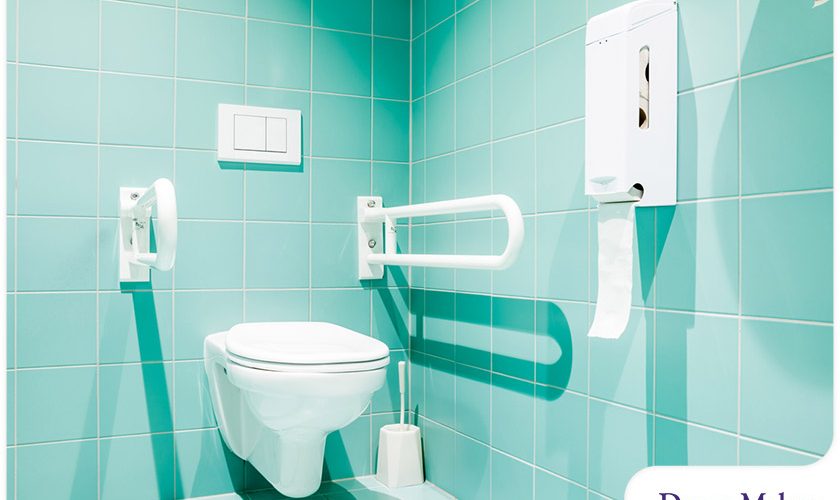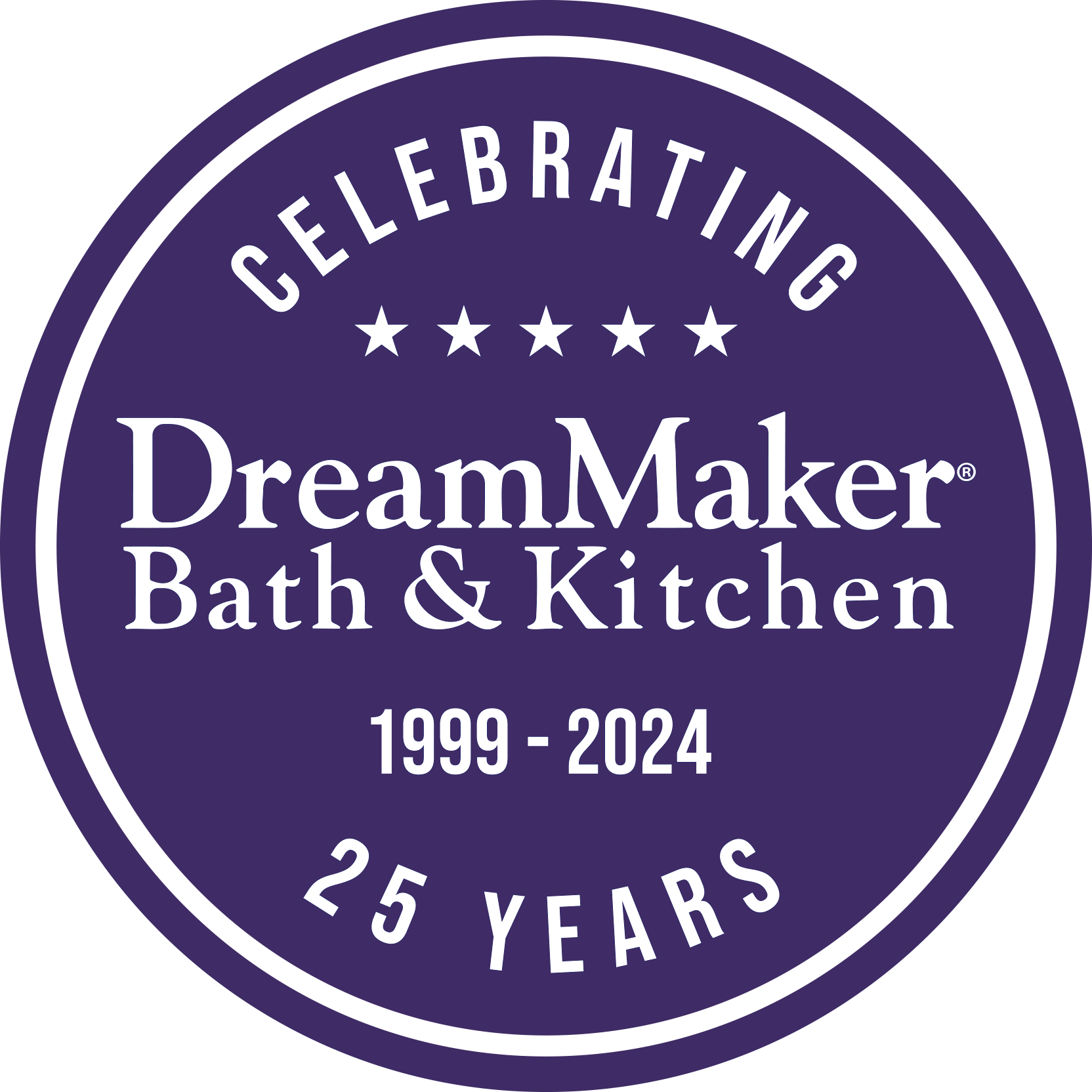
One of the many reasons why homeowners choose to remodel their home is to increase its functionality by making it more accessible to everyone, regardless of age or ability. Drawing from the concept of universal design, living spaces, particularly kitchens and bathrooms, can be upgraded to accommodate loved ones who are in their golden years or dealing with physical disabilities.
When searching the internet for a “home remodeler near me,” DreamMaker Bath & Kitchen of Wilmington should be top of mind. The following are some of the notable modifications that are vital to the independence and safety of the elderly and those with disabilities.
Counter Height
Individuals who are using mobility devices, such as wheelchairs and walkers, will have a difficult time using standard kitchen or bathroom counters. If you are planning to remodel to make your home more accessible, consider adjusting some of the work surfaces from the standard 36-inch height to about 30 inches. This can benefit people with back problems or who have limited reach.
Updates to Prevent Injuries
Certain modifications can help reduce the likelihood of injuries for the elderly or people with disabilities. Non-slip flooring in bathrooms and kitchens and rounded edges on countertops should be considered in a mobility remodeling project. For people with limited vision or depth perception, features such as walls, cabinets and doorways can be painted with bright colors.
Exterior Modifications
Entry and exit points should have accessibility features to ensure overall mobility and independence for everyone, regardless of age and ability. Installing ramps with rails on both sides helps wheelchair and walker users. To prevent slipping, walkway surfaces should have a rough texture.
Motion Sensors
Motion sensors in kitchens and bathrooms can help people with limited use of limbs who are having difficulty reaching or grasping. These are useful for turning lights on and off when stepping into these rooms, as well as for operating faucets.
Wider Doorways & Floors
When designing or redesigning kitchens or bathrooms, make sure that the aisles are wide enough to accommodate wheelchairs and walkers. Doorways should have a clear width of 32 inches from the door’s face to the opposite stop.
Let’s Start a Conversation!
For your safety and mobility remodeling needs, turn to DreamMaker Bath & Kitchen of Wilmington. Through our Independence by Design® service, we can create safe and independent living spaces while fulfilling your individual needs—all with top-quality products and professionals you can trust. We serve homeowners in Wilmington and the nearby communities, including Port City, Forest Hills, Leland and Pine Valley. Call (910) 212-5889 or fill out our contact form to get a bathroom or kitchen quote.










